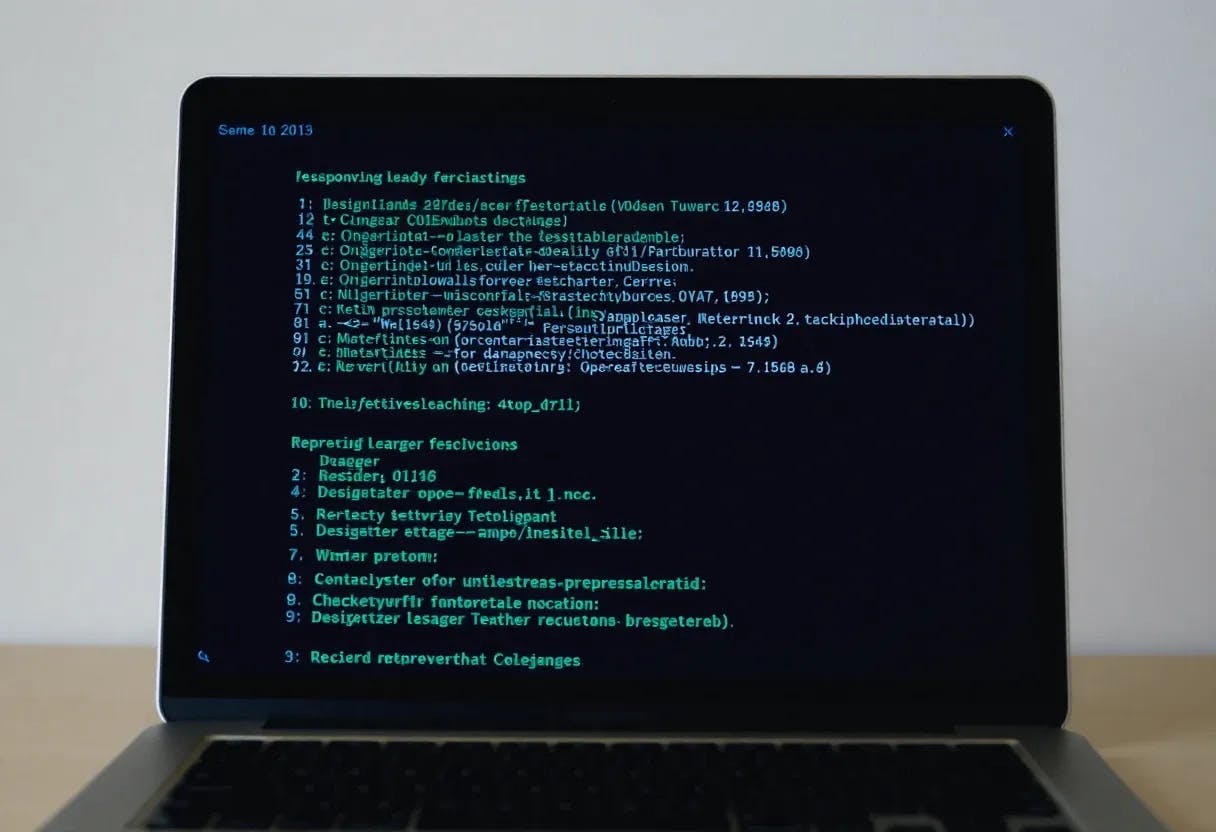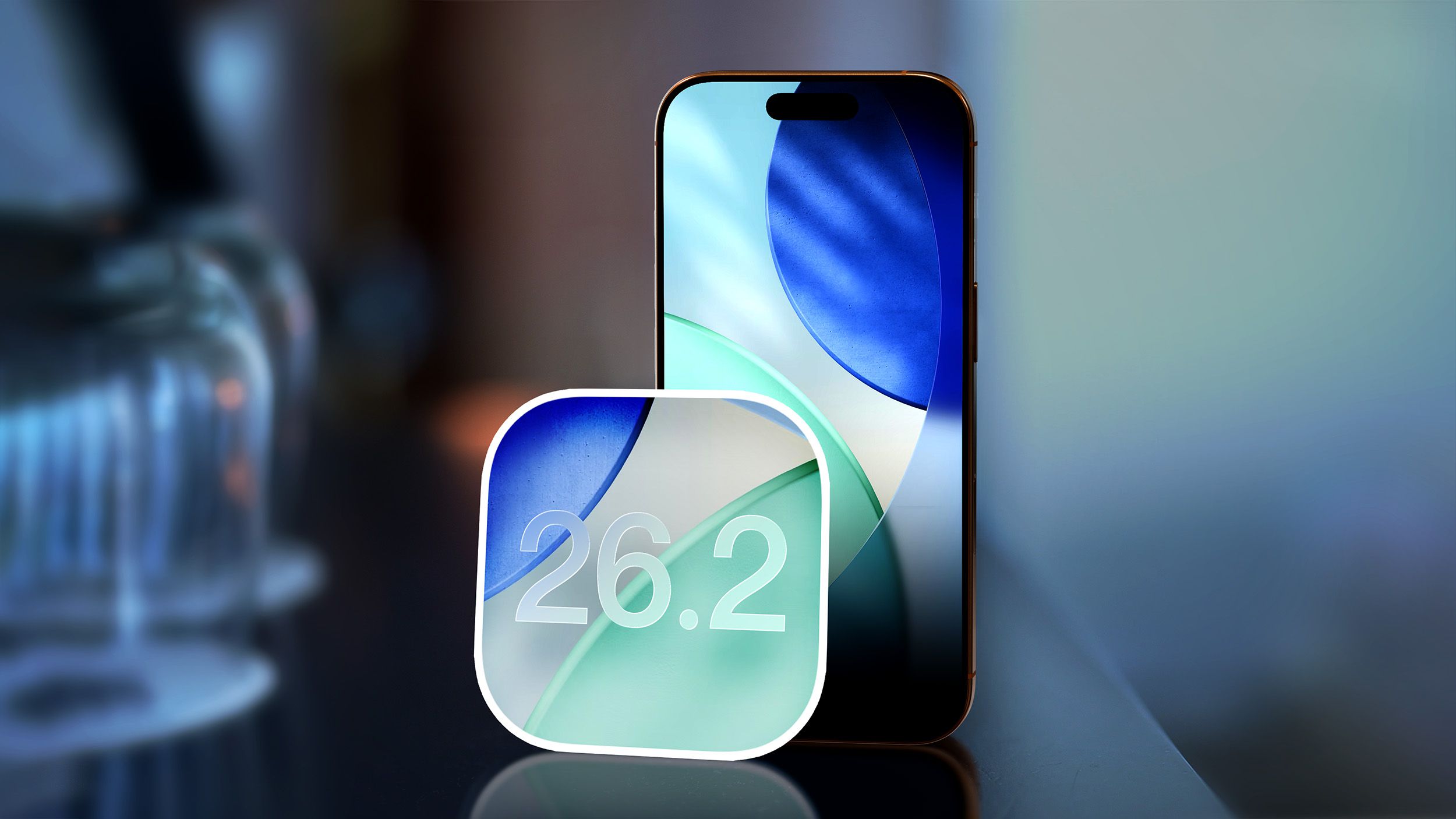VLC is the media player almost everyone has on their computer, but most people only scratch the surface of what it can do. It may look like any other media player, but it’s packed with features that make you think, “Wow, it can do that?”
Beyond simply playing videos and music, VLC can edit clips, convert files to different formats, stream online content, and even tune in to radio stations and podcasts. You can customize its interface, apply unique skins, manage subtitles with ease, and do so much more.
8
Easy video editing inside VLC
Trim, crop, and merge videos
Most people use VLC as just a media player, but it can also serve as a surprisingly handy video editor. Its trim feature lets you cut unnecessary parts with precision, while the crop tool helps remove unwanted edges or black bars. You can even merge multiple clips into a single, seamless video.
VLC makes audio adjustments simple too, so you can remove original soundtracks or replace them with a different audio file. If you’re a creator looking to protect their work, VLC even offers the option to add a watermark to videos. These editing tricks make VLC a lightweight, no-fuss solution for basic video tweaks without needing a heavy, complicated editor.
7
Turn any video into any format
Convert files for free
VLC is well known for handling nearly all media formats, but it can also convert audio and video files into different formats. This means you can turn a video into an MP3 or convert it to MP4, AVI, MOV, or other widely used formats. The process is simple and straightforward.
To do this, go to Media > Convert/Save. In the Open Media window, click Add, andchoose the file you want to convert. Next, click Convert and use the Profile drop-down menu to select your preferred format. Finally, click Browse next to Destination file to specify where you want to save the converted file and hit Start. VLC will handle the rest and save the converted file in the specified format.
6
Stream online videos
Watch YouTube and other streams directly in VLC
You probably already use VLC for playing local media files, but it can also stream content directly from the web. This lets you watch YouTube videos, live broadcasts, or other online streams without opening a browser. All you need is the URL of the video or stream you want to watch.
Once you have it, go to the Media menu and select Open Network Stream. Paste the URL of the video into the provided field and click Play. VLC will start streaming the content immediately, just like any local file.
One of the biggest advantages is a distraction-free environment, free from ads or browser clutter. Plus, you can use VLC’s familiar, feature-rich interface while streaming, including subtitles, playback speed control, and video adjustments.
5
Listen to radio and podcasts right in VLC
No need to switch between apps
With VLC, you’re not limited to streaming videos from the internet. You can also listen to your favorite online radio stations or catch up on podcasts without switching apps.
Launch VLC and go to View > Playlist. Under the Internet section, you can browse two radio servers—Jamendo and Icecast—and select a station by clicking on it. If your favorite station isn’t listed, you can simply grab its URL from the web and paste it inside Media > Open Network Stream.
For podcasts, select Podcasts under Internet, and click the plus sign. Paste the RSS feed URL of your chosen podcast and click OK. The episodes will appear in the sidebar, and you can even create playlists for multiple stations or episodes.
4
One-click subtitle downloads
Sync and adjust subtitles with ease
Watching a TV show or movie without subtitles can be challenging sometimes, especially if it’s in a foreign language. With VLC, you don’t have to search the web for the right subtitle file. Simply go to View and select VLsub. Enter the name of your episode or movie in the Title field, then click Search by name. VLC will show you the available subtitle files. Download the one that matches your video, and it’s ready to go.
If your video already has a subtitle, but it’s out of sync, VLC makes it easy to fix. Go to Tools > Track Synchronization and adjust the subtitle delay until it perfectly matches the dialogue.
Rearrange buttons for faster access
One of VLC’s biggest strengths is its no-frills, straightforward interface. But what’s even better is that you’re not stuck with the default layout. You can customize VLC’s interface to move buttons around exactly as you like.
In VLC, head to Tools > Customize Interface. You’ll see a visual layout of VLC’s toolbar with all the available buttons. Simply drag and drop icons to add, remove, or reposition them to fit your workflow. You can even create new toolbars for specific tasks, such as video editing or streaming, so everything you need is always at your fingertips.
Once you’re happy with the setup, click Save to apply your changes. The ability to customize the toolbar not only speeds up your interactions but also makes VLC feel more personal and intuitive.
2
Give VLC a makeover with custom skins
Download and apply unique themes
If customizing the toolbar feels a bit basic, VLC lets you take things a step further with custom skins that completely change the player’s look and feel. Head to the official VideoLAN website to browse the available skins and download the one you like. You’ll find everything from sleek, minimal designs to bold, colorful layouts, though many skins have a more classic look rather than a modern aesthetic.
Once downloaded, move the skin file into VLC’s skins folder. The location can vary depending on your operating system and VLC version, but is typically at C:Program FilesVideoLANVLCskins. Then, open VLC and go to Tools > Preferences > Interface.
Tick the Use custom skin checkbox under Look and Feel, navigate to the skin you just added, and click Save. Finally, restart VLC. When it reopens, your chosen skin will be applied.
1
Master VLC’s hidden keyboard shortcuts
Navigate faster with handy key combinations
VLC is packed with features, and mastering its keyboard shortcuts can dramatically speed up how you use the player. You probably already know the obvious ones, like the spacebar to pause or play, but VLC also has a host of lesser-known shortcuts that make navigation and control even smoother.
For example, you can use F to toggle full-screen mode, T to display the current and remaining playback time, and G or H to fine-tune subtitle timing on the fly. Volume adjustments are quick with Ctrl + Up/Down, while Shift + Left/Right lets you jump forward or backward in larger increments. You can even close the VLC player quickly with Ctrl + Q.
To see a full list, head to Tools > Preferences > Hotkeys. The best part is that VLC lets you customize these shortcuts from here, which is great for anyone who loves using keyboard shortcuts.
Behind VLC’s simple-looking interface, there are plenty of features that are easy to miss. Once you explore these hidden features and tricks, it’s clear why VLC remains the go-to open-source media player for millions worldwide. It’s fast, feature-rich, and endlessly adaptable.
















